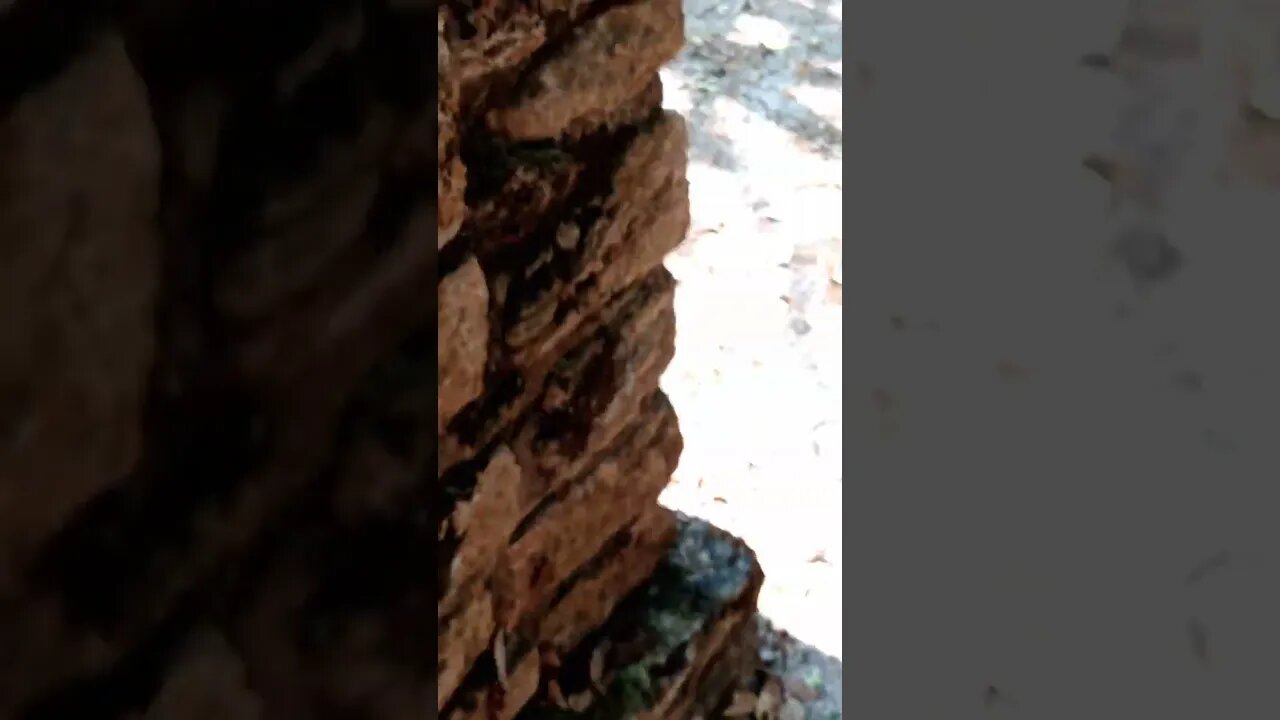Premium Only Content

Flat stones vs round stone facings, style or utility?
One thing you can notice in sites, and the building period is how stone structures were built to either apepar as rough stone or dressed stone faces. This is an example of a building with rough stone.
Larger buildings such as the Kings Buildings, or arcopolis etc.. have worked stone while area that appear as living areas tend to use the unworked stones.
Take a look at other videos stone facings, this is a detail that is easily noticable if you visit historic mayan settlements in the difference between buildings that had a lot more work put into them by facing stones, and at times these facings were done so that it would hold stucco or art or iconagraphy.
CHATGPT GENERATED
"Decoding Mayan Stone Work: Unveiling the Secrets of Ceremonial and Residential Buildings"
Summary:
Discover the captivating world of Mayan stone work and unravel the intriguing contrast between the meticulously crafted stone facings adorning ceremonial structures and the rugged charm of unworked rough stones found in residential buildings. In this fascinating video, we delve into the materials, techniques, and time required to create these distinct architectural features.
The Mayans, renowned for their advanced civilization, employed a meticulous approach to constructing ceremonial buildings. These structures boasted meticulously crafted stone facings, showcasing the mastery of their stone masons. Pristine limestone blocks were meticulously shaped and intricately placed, resulting in awe-inspiring architectural marvels.
Residential areas, on the other hand, presented a different aesthetic. Unworked rough stones were used, reflecting a practical yet aesthetically pleasing approach. This technique offered structural stability while preserving the natural beauty of the stone. The irregular shapes and textures of these stones added a unique charm to the residential buildings.
Crafting a facing stone to perfection was a labor-intensive process. Skilled artisans meticulously chiseled and smoothed the limestone blocks, dedicating hours to each stone. The aim was to achieve a flawless surface, ensuring a visually striking appearance. This intricate process required considerable time and patience.
In contrast, using unworked rough stone was a more efficient method. The stones were gathered and placed without extensive shaping, reducing the time required for construction. This approach allowed for swift completion of residential buildings, meeting the demands of growing Mayan communities.
Understanding the distinction between ceremonial and residential architecture offers invaluable insights into Mayan society and culture. The precision and attention to detail dedicated to ceremonial structures highlight their importance in religious and cultural practices. Meanwhile, the practicality and resourcefulness seen in residential buildings emphasize the adaptability and ingenuity of the Mayan civilization.
Join us as we embark on a captivating journey through Mayan stone work, exploring the meticulous craftsmanship of ceremonial buildings and the rustic allure of residential structures. Unearth the secrets of the Mayan civilization and gain a newfound appreciation for the remarkable architectural heritage they left behind.
-
 2:11:32
2:11:32
Glenn Greenwald
8 hours agoGlenn From Moscow: Russia Reacts to Trump; Michael Tracey Debates Ukraine War | SYSTEM UPDATE #413
123K48 -

Slightly Offensive
8 hours ago $0.81 earnedGOV. RAMASWAMY? Vivek to import 1 BILLION INDIANS to OHIO | Nightly Offensive
27.5K17 -
 4:51:08
4:51:08
Wahzdee
11 hours agoSniper Elite Then Extraction Games—No Rage Challenge! 🎮🔥 - Tuesday Solos
89.7K3 -
 2:12:58
2:12:58
Robert Gouveia
11 hours agoSenator's Wife EXPOSED! Special Counsel ATTACKS; AP News BLOWN OUT
72.8K62 -
 55:07
55:07
LFA TV
1 day agoDefending the Indefensible | TRUMPET DAILY 2.25.25 7PM
33.7K14 -
 6:09:26
6:09:26
Barry Cunningham
17 hours agoTRUMP DAILY BRIEFING - WATCH WHITE HOUSE PRESS CONFERENCE LIVE! EXECUTIVE ORDERS AND MORE!
146K70 -
 1:46:37
1:46:37
Game On!
12 hours ago $7.12 earnedPUMP THE BRAKES! Checking Today's Sports Betting Lines!
83.1K4 -
 1:27:21
1:27:21
Redacted News
11 hours agoBREAKING! SOMETHING BIG IS HAPPENING AT THE CIA AND FBI RIGHT NOW, AS KASH PATEL CLEANS HOUSE
227K245 -
 1:08:28
1:08:28
In The Litter Box w/ Jewels & Catturd
1 day agoCrenshaw Threatens Tucker | In the Litter Box w/ Jewels & Catturd – Ep. 749 – 2/25/2025
134K64 -
 44:57
44:57
Standpoint with Gabe Groisman
1 day agoWill Byron Donalds Run for Florida Governor? With Congressman Byron Donalds
60.8K10